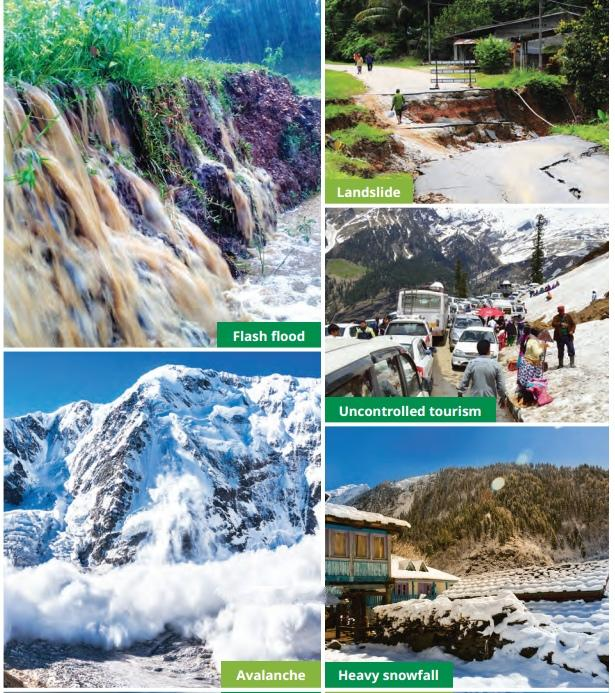NCERT Solutions for Class 6 Social Science Chapter 3: Landforms and Life - FREE PDF Download
FAQs on NCERT Solutions for Class 6 Social Science Chapter 3 Landforms and Life
1. What are the different types of landforms discussed in Class 6 Social Science Chapter 3?
Chapter 3 discusses various landforms including mountains, plateaus, valleys, and plains. It describes their features and how they are formed.
2. How do landforms impact human activities and settlements according to Class 6 Social Science Chapter 3: Landforms and Life?
Landforms influence where people build their homes, how they use the land for farming or industry, and their lifestyle. For example, plains are ideal for agriculture, while mountains are suitable for tourism and certain types of mining.
3. What are some examples of mountains and plateaus mentioned in the Class 6 Social Science chapter 3?
Examples of mountains include the Himalayas, while the Deccan Plateau is an example of a plateau discussed in the chapter.
4. Why is it important to study landforms in social science?
Understanding landforms helps students learn how different types of terrain affect human activities, ecosystems, and cultures, providing insight into the relationship between the environment and human life.
5. How does Chapter 3 connect to real-world examples?
The chapter includes practical examples and illustrations that show how landforms like mountains, plains, and plateaus are part of everyday life and affect various aspects of human activity and natural processes.
6. What types of questions are answered in the NCERT Solutions for Class 6 Social Science Chapter 3 Landforms and Life?
The solutions provide detailed answers to questions about the types of landforms, their features, their impact on human life, and real-life examples of these landforms.
7. How can NCERT Solutions for Class 6 Social Science Chapter 3 Landforms and Life help with exam preparation?
The solutions offer clear explanations and comprehensive answers, helping students understand key concepts and practice effectively for exams.
8. How can understanding landforms help in environmental conservation?
Understanding landforms helps in planning and implementing conservation strategies, managing natural resources, and adapting to environmental challenges specific to different landforms.

























